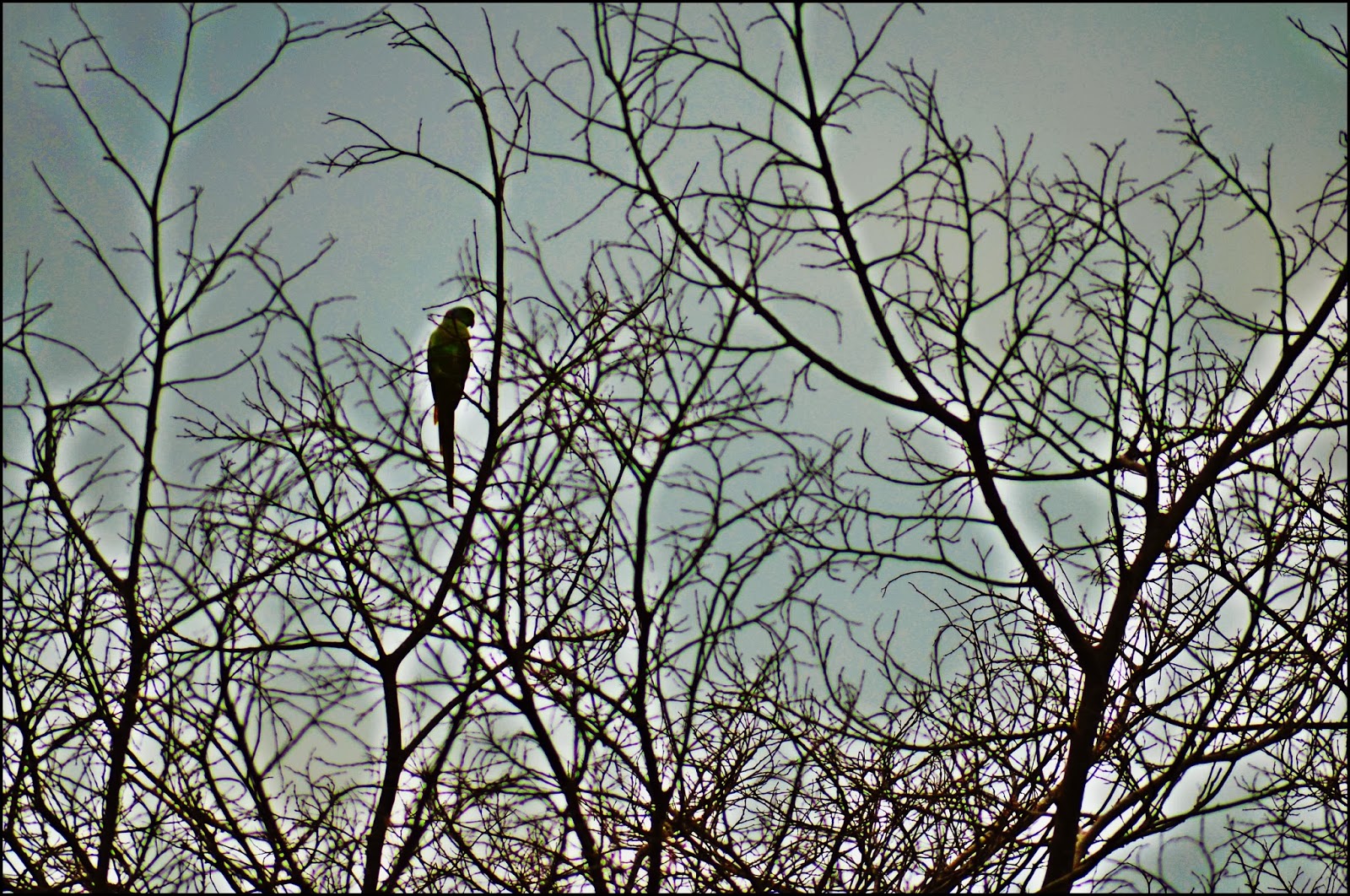Chittorgarh, Rajasthan
This post has been pending since a long
time. Being a lover of forts and monuments, visiting Chittorgarh Fort was definitely on top priority when I visited Udaipur. Chittorgarh lies just at a
distance of 112 kms from the city of Udaipur in Rajasthan. You can take a local
bus through which you can reach there in three to four hours enjoying the local
bus ride or you can hire a cab. But I would suggest if you are rough and tough like
me then only opt for a local bus otherwise take a cab.
Considered to be the largest fort of India
in terms of area, it is spread in an area of 700 acres, extending to 3 kms in
length and 13 kms in its peripheral length. Standing on an elevated hill of
180metres, the fort is an epithet of chivalry and pride of the Rajputs. According
to historians it was constructed by the Mauryans during the 7th century AD and
hence derives its name after the Mauryan ruler, Chitrangada Mori as per
inscriptions on coins of the period. Historical record shows that Chittorgarh
fort was the capital of Mewar for 834 years. It is not one of the maintained forts of Rajasthan, but it is definitely one of the significant forts in the history of Rajasthan.
 |
| Native of the place- Inside the local bus |
Since it is on a hill we took a local tempo
(bigger one) to visit the place. It was a bright and sunny afternoon, quite a
hot day. The fort houses many historical places. The first palace after
entering the fort is- Rana Kumbha’s Palace. Though not very maintained, its
structure is still attractive. Its structure definitely gives a glimpse of the
royal era gone by.
 |
| Rana Kumbha's Palace |
 |
| Rana Kumbha's Palace |
 |
| Rana Kumbha's Palace |
This fort is dotted by number of palaces,
temples and water bodies. It includes- Rana Kumbha’s Palace, Kumbhashyam Temple,
Mira Temple, Vijay Sthambh, Rani Padmini’s Palace, Gaumukh Kund. My personal
favourite was Rani Padmini’s Palace mainly because it is well maintained than
any other spots there and secondly there were interesting versions of stories
told by different guides there. It is very evident that during Padmini’s
time, this must have been a really wonderful place, with beautiful flower
gardens and a lotus filled pond. But today, the stagnant pond is dull and the localities
use it as a spot to dry the clothes.
 |
| View from top of the fort |
Here are some interesting facts about this
historical fort-
· Chittorgarh Fort is the largest
fort in India.
· Chittorgarh Fort complex has a
total of 65 medieval structures which includes 4 palaces, 19 temples, 4 war
memorials or the Stambhs and 22 water bodies.
Entrance to this massive hill
fort is through seven colossal gates, which are named Bhairon Pol, Lakshma Pol, Padan Pol, Hanuman Pol, Jorla Pol, Ganesh Pol and the formidable final
gate named Ram Pol.
· Some of the major attractions
inside Chittorgarh fort include the two towers known as the 'Kirti Stambh'
(Tower of Fame) and the 'Vijay Stambh' (Tower of Victory)
Chittorgarh Fort has witnessed 3 sieges and 2 acts of jauhars by the ladies of the Sisodia Rajput court.
Chittorgarh Fort has witnessed 3 sieges and 2 acts of jauhars by the ladies of the Sisodia Rajput court.
·
Jauhar or the self immolation
in fire was first performed by Rani Padmini in 1433 AD when Alaudin Khilji
defeted the forces of Rana Ratan Singh.
· It was performed yet again by
Rani Karnavati in 1535 AD and it is said that 13,000 Rajput ladies participated
in the act even as 3000 Rajput warriors rode out to their certain death.
·
The Padmini palace, residence of legendary beauty Rani Padmini is another major attraction inside Chittorgarh Fort.
The fort and the city of Chittorgarh host the biggest Rajput festival called the "Jauhar Mela" (February - March) which takes place every year on the anniversary of one of the Rani Padmini’s jauhar.
The Padmini palace, residence of legendary beauty Rani Padmini is another major attraction inside Chittorgarh Fort.
The fort and the city of Chittorgarh host the biggest Rajput festival called the "Jauhar Mela" (February - March) which takes place every year on the anniversary of one of the Rani Padmini’s jauhar.



















